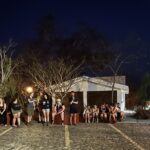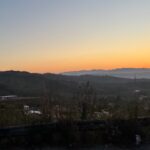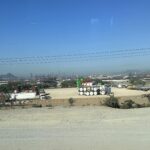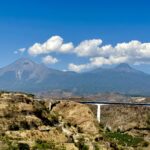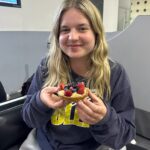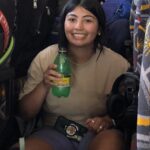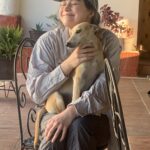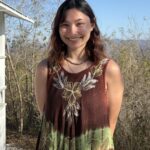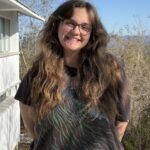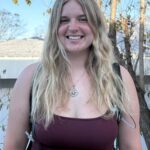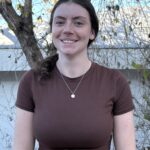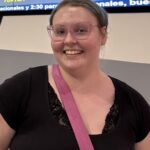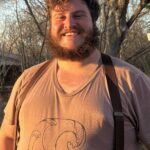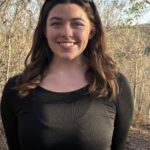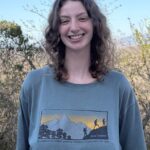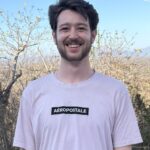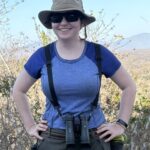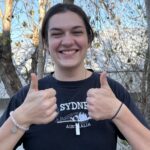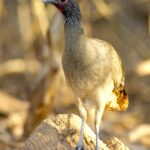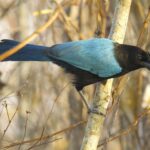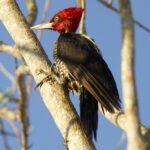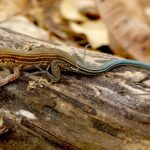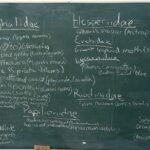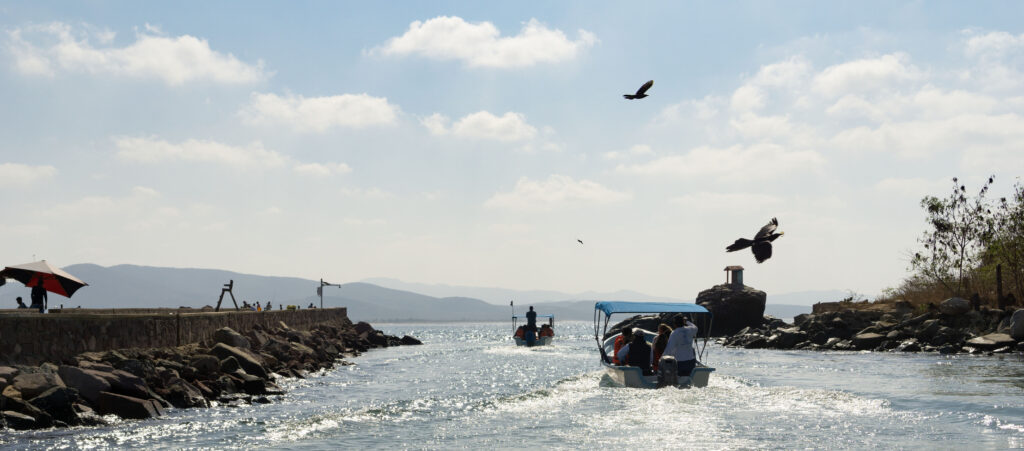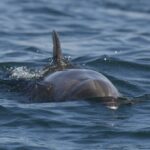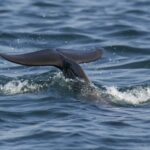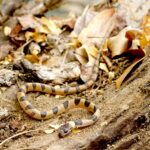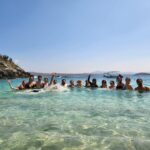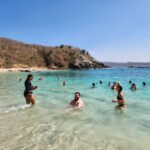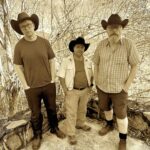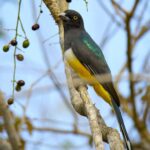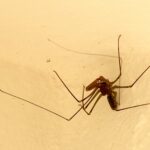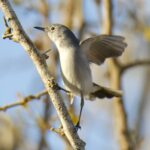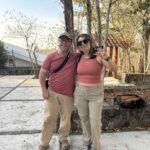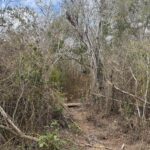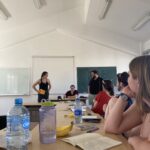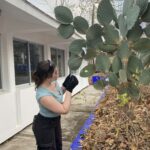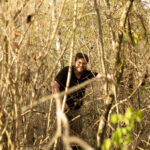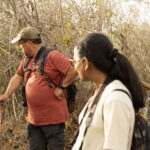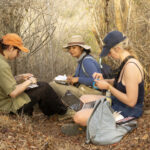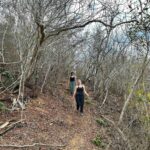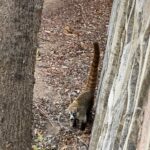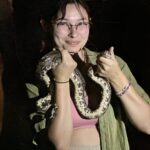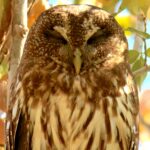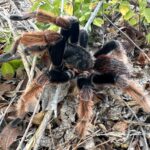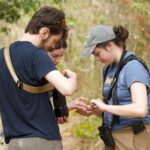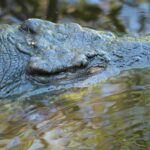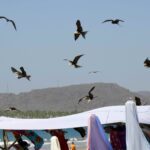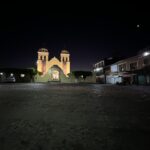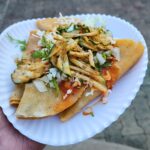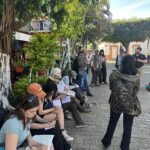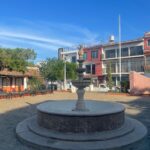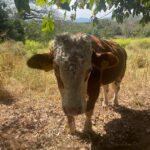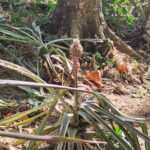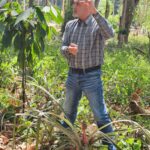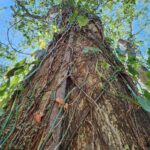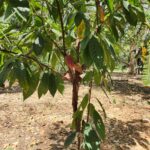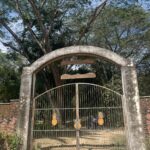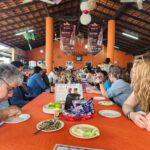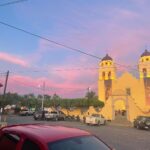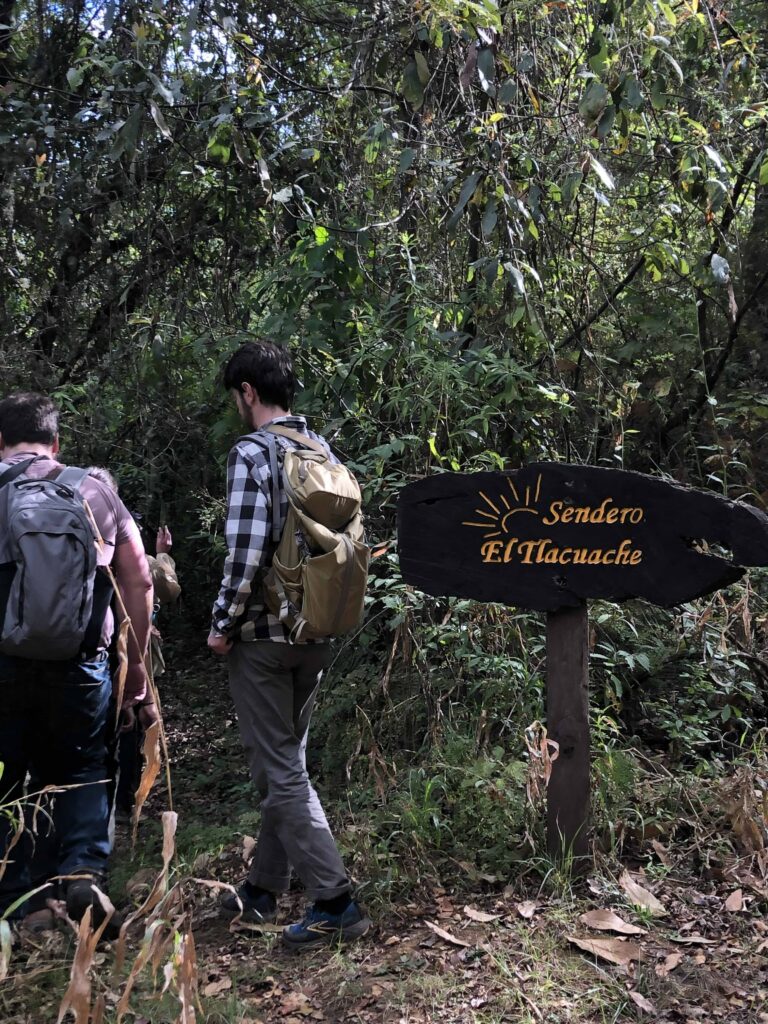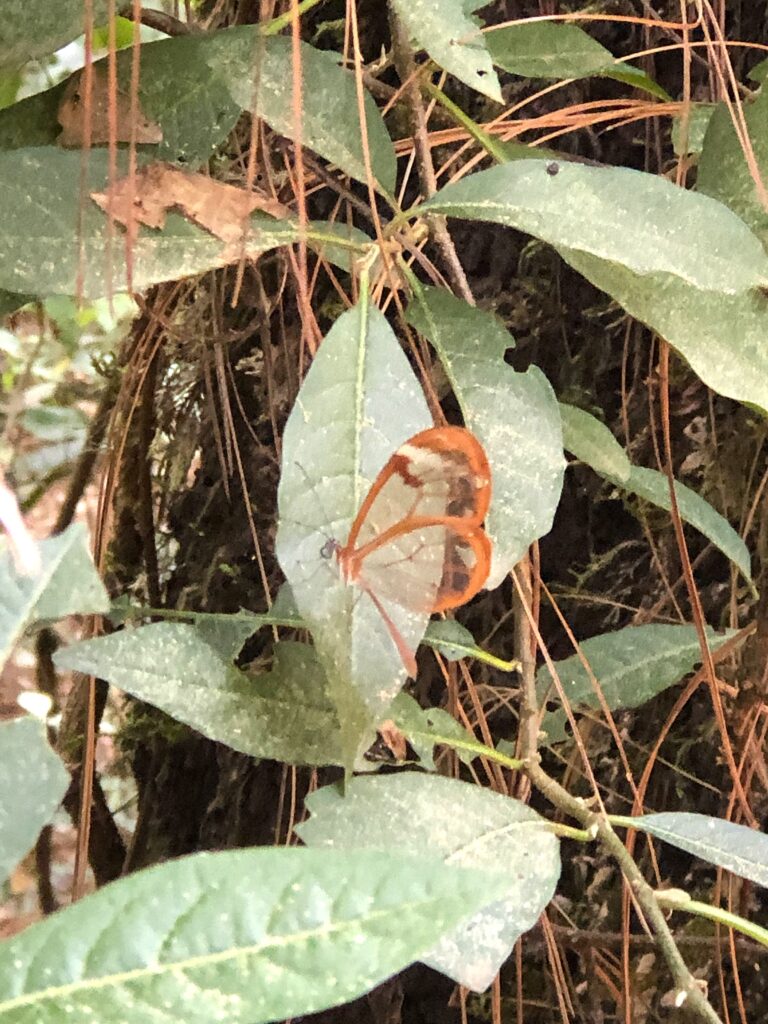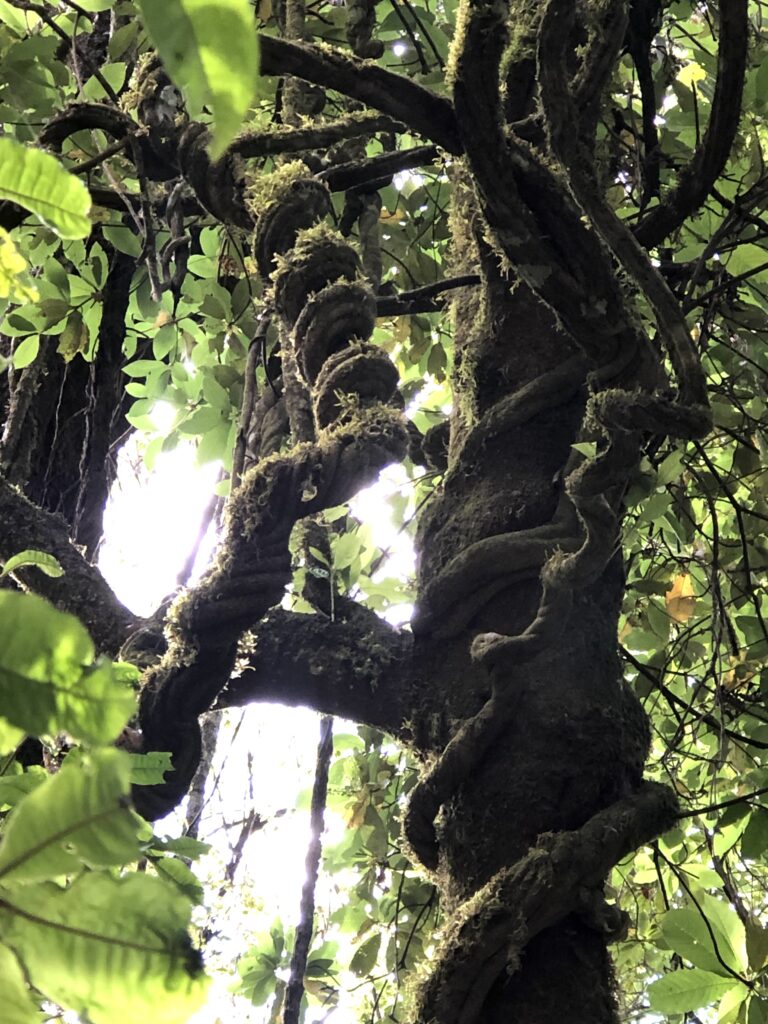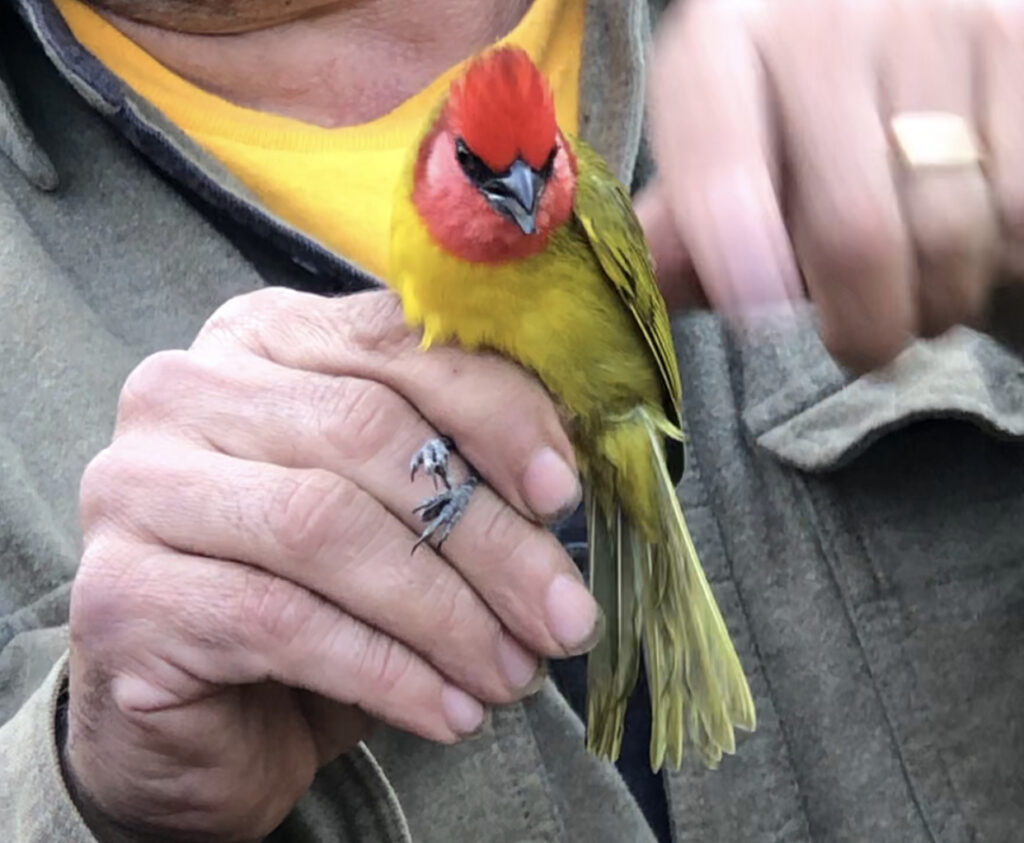Hola from Naida, Claire, Anna and Jade!
At 5:45am this morning, we awoke to the silence of the seasonally dry forest of Chamela – well, despite the sounds of Josh trying to scam beer off of Bailey in exchange for pesos. We packed up our belongings for the last time, boarded our trusty, rusty bus, and sedated ourselves with gravol for the long travel day ahead. Saying goodbye to Chamela, we watched a stunning sunrise over misty mountains as our bus drove through the countryside. On the first leg of our journey, we watched as the topography changed from a seasonally *very* dry forest to a lush, green mountain range. A few hours later, we stopped at a Kiosko (Costco?) to stock up on breakfast chips and cookies. For the 8.5 hours we drove, we got to see some amazing sights, like a large palm and banana plantation, many rushing rivers, and lots of farm fields. We also drove through the industrial city of Manzanillo which is an important port for trade – and also took us right back to Hamilton, Ontario.
As we slowly roasted on the bus with the rising temperatures of the afternoon, we were sustained in our journey by the sight of the Volcan de Colima. David informed us that it was only 9oC on the top of the volcano, which is a stark comparison to the 31oC heat where we were driving. It was a quiet bus ride as the group caught up on class work, dozed off, or read books – except for Josh and Clarisa, who were chatting up a storm. By 3pm, we pulled into the Guadalajara airport, and it was time to say goodbye to Javier, Alexia, David, and our amazing bus driver Beto. THANK YOU BETO! No one else could work the ten-gear, air braking, decades old Mercedes school bus as well as he did. We were sad to say goodbye to the Mexican members of the team, as well as Andy and Meg who are staying to travel for a few weeks.
We checked our bags, made our way through security, and ate some much-needed Shake Shack to boost morale. We boarded our flight, made it to Mexico City, and are now layover-ing, celebrating Alex’s 21st birthday and writing this blog post. To tie up the end of this trip with a nice bow, we’ve included a nice headshot of all the students on the trip, and their favourite experience over these amazing two weeks. We are so sad for this trip to be over and so happy with the memories made along the way!
Peace, love, and duty-free tequila,
Group 5 <3
Español
¡Hola de Naida, Claire, Anna y Jade!
A las 5:45 de esta mañana, nos despertamos con el silencio del bosque estacionalmente seco de Chamela, bueno, a pesar de los sonidos de Josh intentando estafarle cerveza a Bailey a cambio de pesos. Empacamos nuestras pertenencias por última vez, subimos a nuestro confiable y oxidado autobús y nos sedamos con gravol para el largo día de viaje que nos esperaba. Al despedirnos de Chamela, contemplamos un impresionante amanecer sobre las montañas brumosas mientras nuestro autobús atravesaba el campo. En la primera etapa de nuestro viaje, observamos cómo la topografía cambiaba de un bosque estacionalmente *muy* seco a una exuberante y verde cordillera. Unas horas más tarde, paramos en un quiosco (¿Costco?) para comprar papas fritas y galletas para desayunar. Durante las 8 horas y media de viaje al aeropuerto, pudimos ver paisajes increíbles, como una gran plantación de palmeras y plátanos, numerosos ríos caudalosos y numerosos campos de cultivo. También pasamos por la ciudad industrial de Manzanillo, un importante puerto comercial, y también regresamos directamente a Hamilton, Ontario.
Mientras nos asábamos lentamente en el autobús con las temperaturas en ascenso por la tarde, la vista del Volcán de Colima nos animó en el viaje. David nos informó que solo hacía 9 °C en la cima, una diferencia enorme con los 31 °C de calor que había donde íbamos. Fue un viaje tranquilo en autobús, mientras el grupo se ponía al día con las clases, dormitaba o leía libros, excepto Josh y Clarisa, que charlaban sin parar. A las 3 de la tarde, llegamos al aeropuerto de Guadalajara, y llegó el momento de despedirnos de Javier, Alexia, David y nuestro increíble conductor, Beto. ¡GRACIAS, BETO! Nadie más podía manejar el autobús escolar Mercedes de diez marchas, frenos de aire y décadas de antigüedad tan bien como él. Nos entristeció despedirnos de los miembros mexicanos del equipo, así como de Andy y Meg, que se quedan de viaje en México unas semanas.
Registramos nuestras maletas, pasamos por el control de seguridad y comimos un Shake Shack, que nos hacía mucha falta, para levantar la moral. Abordamos nuestro vuelo, llegamos a Ciudad de México y ahora estamos haciendo escala, celebrando el cumpleaños número 21 de Alex y escribiendo esta entrada del blog. Para cerrar este viaje con broche de oro, hemos incluido una bonita foto de todos los estudiantes y su experiencia favorita de estas dos semanas increíbles. ¡Estamos muy tristes de que este viaje termine, pero muy felices por los recuerdos que hemos creado!
Paz, amor y tequila libre de impuestos.
- Waiting to leave. 6:30 am Chamela
- Boarding the trusty bus
- Roadside sunrise
- On the bus
- The port of Manzanillo
- Volcan de Colima
- Guadalajara at dusk – leaving on a jet plane
- Mexico City
- Alex sleepily celebrating her 21st birthday with a fruit tart
Favorite parts of the trip
- Alexia: “I loved swimming in the sea when we visited the mangroves, running from the hot sand towards the waves!”
- Mikaela (with butters aka Mataquilla): “touchin birds, bird touchin”
- Ciara: “That’s really hard, i think getting to hold the boa constrictor and seeing it up close is so cool!! i really like snakes! it was so special, a you wouldn’t get to do that with a wild snake anywhere else!”
- Bethany: i kinda like the birding activity, David was really quick at IDing them and it was fun to walk around Las Joyas”
- Alex: “the hour and a half long trip on the trucks up to las joyas”
- Mica Mae: “my favourite part of the trip is seeing the topography change as i go up – or down – maybe it was more exciting going down.”
- Jade: “looking at the landscape during the boat ride to the island!”
- Anne: “seeing dolphins on the boat ride to the island!”
- Amyre: “I liked looking for butterflies!”
- David: “All days, but i enjoyed visiting Autlan so much!”
- Bailey: “my favourite part of this trip genuinely was the true diversity of invertebrates – the tailless whip scorpion had been on my list for a long time – but yeah the true plethora of beings we’ve seen was really cool.”
- Claire: “i did love seeing the change in pine ecology as we went up the mountain to Las Joyas!”
- Naida: “my favourite part of the trip was our hike down to the mesophyllous forest where we caught my Eleutherodactylus frogs!”
- Sienna: “a fabulous introduction to the world of herpetology – shout out to the Mexican burrowing python!”
- Josh: “the pine identification exercice – i have a new appreciation for the prickly trees – but not cacti.”
- Clarissa: *snaps* “mist netting birds”
- Elyse: “my favourite part of the trip was when we went to the mangroves and all went swimming in our clothes – emphasis on the frigate birds and crocodiles!”
